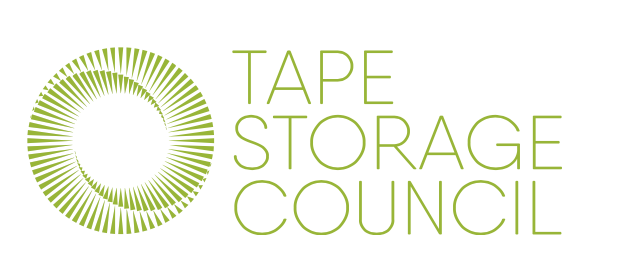How Tape Systems Help Scope 3 Carbon Emissions from Cloud Service Providers
 At least for now, climate change is getting worse. We actually had the hottest days on Earth this July with a record global average of 62.92 degrees Fahrenheit. That does not sound that hot but it’s an average including summer in the northern hemisphere and winter in the southern hemisphere. These were the hottest days since 1979 at least, and broke records previously set in 2016 of 62.46 degrees F.
At least for now, climate change is getting worse. We actually had the hottest days on Earth this July with a record global average of 62.92 degrees Fahrenheit. That does not sound that hot but it’s an average including summer in the northern hemisphere and winter in the southern hemisphere. These were the hottest days since 1979 at least, and broke records previously set in 2016 of 62.46 degrees F.
Severe weather could be seen across the U.S. from record-setting triple-digit heat waves out West and down South plus record rainfall and flooding in the Northeast with some locations getting 10 to 12 inches of rain in a single day. Extreme weather can be found in Asia, Europe, really all over the world. Global warming plus an El Nino event where the Pacific Ocean is releasing excessive heat are to be blamed. Scientists are sounding the alarm again that we must curb carbon emissions or we can expect more of the same, only worse, in the years and decades ahead.



